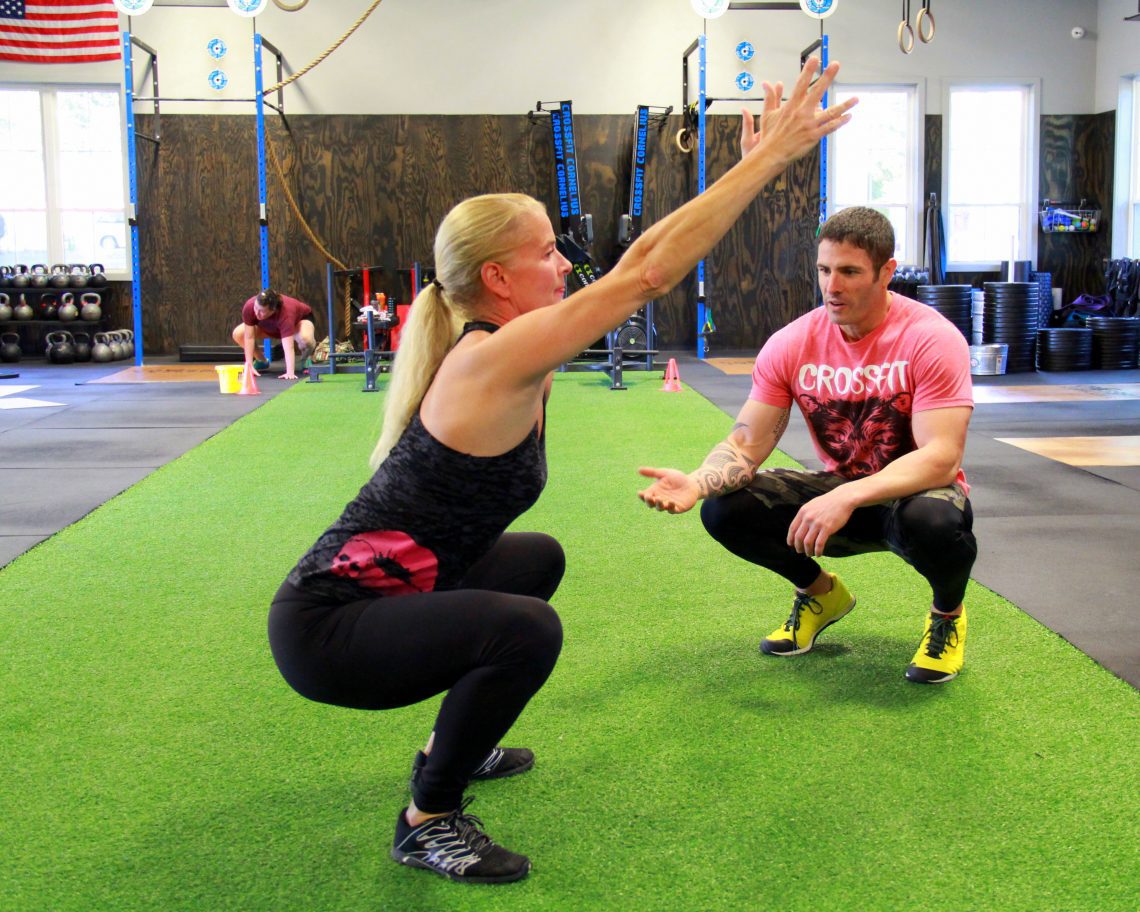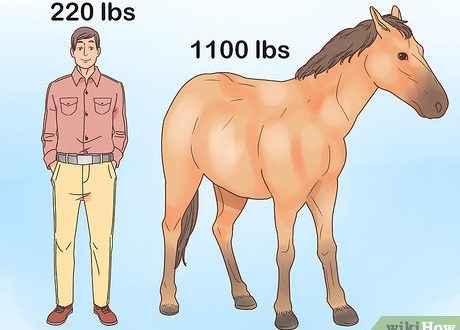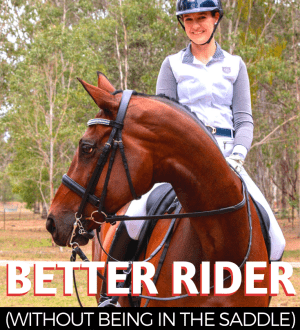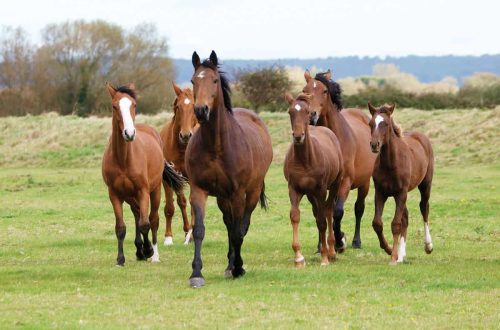
CrossFit for Riding: Improve Your Fit by Doing Squats!
CrossFit for Riding: Improve Your Fit by Doing Squats!
The successful development of a rider is impossible without the development of his physical form, without a certain level of physical fitness. This is especially important for advanced riders. We work daily to improve the fitness of our horses, so we should at least try to improve our own fitness as well. Yoga, Pilates and dance are just a few of the many forms of exercise that can help a rider improve flexibility, strength and endurance. I encourage my students to choose exercises that they enjoy and can improve their riding. As for me, I chose CrossFit. The exercises taken from this system have a positive effect on my riding level and on my physical development.
CrossFit is a combination of athletics, gymnastics and weightlifting. It can be compared to dressage – it also has the building blocks that make up advanced movements. The focus is on mobility (flexibility), core strength (balance), overall strength and endurance. Many CrossFit moves develop the body in a systematic way, much like dressage does for your horse (first we introduce the horse to shoulder-in, and eventually we get to tempo changes, piaffes, passages, and pirouettes). CrossFit offers a systematic learning process aimed at proper body development. Each practiced movement, as in the case of training a horse, becomes an admission to the transition to a higher level.
The squat is the CrossFit exercise that has probably helped me the most and I recommend it to my dressage students.
Why squats?
The squat is a staple of the CrossFit system and this exercise is especially beneficial for riders as it requires elasticity in the ankles, knees, hips and lower back. You also need strong core and back muscles (to keep your upper body upright). But this is exactly what we need for riding!
The squat is a fairly popular move in our daily lives, from sitting in a chair to squatting down to tie our shoelaces. Knowing how to squat properly improves our stability, mobility and flexibility.
It is a misconception that squats can harm our knee joints. In fact, squats keep your hips, back, and legs in good shape.
The squat is a great addition to your health and fitness plan, but only seek the help of an experienced, professional instructor to help you ensure the proper mechanics of the exercise.
Exercise 1. Air squats
1. Stand with your feet hip-width apart with your toes pointing slightly outward. Hands should hang down on both sides of the body, head in a neutral position. Look straight ahead, do not look down or up.
2. Engage your core and push your chest out slightly, bringing your shoulder blades closer together.
3. Bend your knees and push your buttocks and hips back and down. As you lower, stretch your arms up. Be sure to keep your torso upright. Let the weight be over the heels, the knees do not go beyond the feet.
4. Lower yourself down until your thighs are parallel to the ground, or as long as you can. Make an effort to keep your knees turned outward (do not let them turn inward).
5. Straighten your legs and squeeze your glutes and hamstrings to lift yourself up. Lower your hands down. Make sure you don’t lean forward or shift your balance on the balls of your feet.
Important to achieve the effect:
General deficiencies to be identified and avoided.
Strive for the correct execution, and do not chase the number of approaches. Never move on to weight squats (pictured 2) until you are good at air squats. If the air squat is too hard for you, or if you need to correct one of the common mistakes, start with the cabinet squat.
All athletes in CrossFit Cornelius start their squats with air squats or bodyweight squats.
Squats with weight performed in the same way as air squats. The only difference is the addition of the weight you hold in front of you. For safety, start with a light weight. The weight should always be kept against the body to ensure proper stability of the thoracic and lumbar body throughout the entire range of motion.
Exercise 2
1. The technique is the same as in the previous exercise.
2. We perform squats on a cabinet or chair.
3. Pause for two to three seconds on the pedestal / chair, the core muscles are tense (as if there is no pedestal under you).
4. Squeeze the buttocks to return to the starting position. Don’t put your balance on your toes.
If the air squat is too hard for you, or if you want to correct one of the common mistakes, do the box squat.
Stacey Hastings (source); translation Valeria Smirnova.





